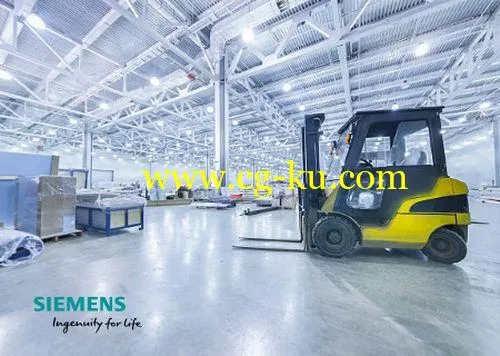File size: 195 MBIn times of increasing cost and time pressures in production, along with ongoing globalization, logistics is a key factor in the success of a company.
Money can be lost daily through inefficient schedules, local instead of global optimization, inefficient resource allocation, and poor productivity.
The need to deliver just-in-time (JIT) or just-in-sequence (JIS), introduce Kanban, plan and build new production lines, and manage global production networks requires objective decision criteria to help management evaluate and compare alternative approaches.
Plant Simulation is a discrete-event simulation tool that helps you to create digital models of logistic systems (such as production), so that you can explore a system’s characteristics and optimize its performance.
These digital models allow you to run experiments and what-if scenarios without disturbing existing production systems or – when used in the planning process – long before the real production systems are installed.
Extensive analysis tools, such as bottleneck analysis, statistics and charts let you evaluate different manufacturing scenarios.
The results provide you with the information needed to make fast, reliable, smarter decisions in the early stages of production planning.
Using Plant Simulation, you can model and simulate production systems and their processes.
In addition, you can optimize material flow, resource utilization and logistics for all levels of plant planning from global production facilities, through local plants, to specific lines.
Key Capabilities and Benefits:CapabilitiesObject-oriented models with hierarchy and inheritanceOpen architecture with multiple interface supportLibrary and object managementGenetics algorithm for optimizationEnergy consumption simulation and analysisValue stream mapping and simulationAutomatic analysis of simulation resultsHTML-based report builderBenefitsAs much as 6 percent savings upon initial investmentIncrease existing system productivity by as much as 20 percentReduce new system costs by as much as 20 percentOptimize resource consumption and re-useReduce inventories by as much as 60 percentReduce throughput time by as much as 60 percentOptimize systems for reduced energy consumption
